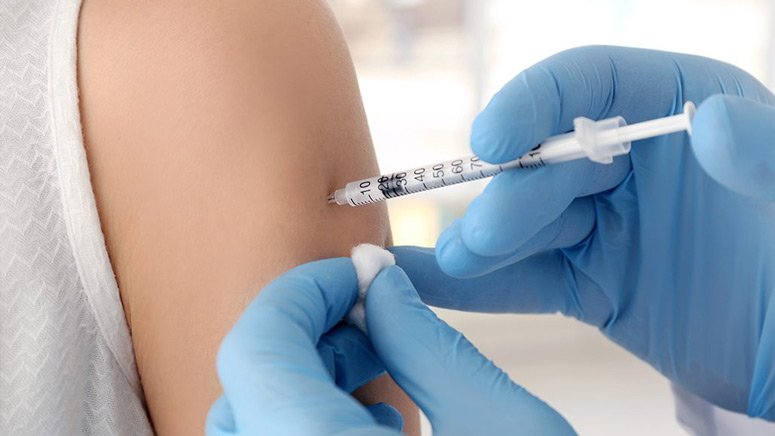Treatment
If the bee sting does not cause an allergic reaction, home treatment will help. Multiple stings or an allergic reaction, on the other hand, can be a medical emergency that needs urgent treatment.

Emergency treatment for allergic reactions
During an anaphylactic attack, an emergency medical team may do cardiopulmonary resuscitation (CPR) if you stop breathing or your heart stops pumping blood. You may also be given the following drugs:
- Epinephrine [1] (adrenaline) to decrease your body’s allergic response
- Oxygen, to help you breathe
- Intravenous (IV) antihistamines [2] and cortisone to decrease inflammation of your air passages and improve breathing
- A beta-agonist (such as albuterol) to improve breathing symptoms
Allergy shots
Bee and other insect stings are popularly known to cause anaphylaxis. If you’ve had a severe reaction to a bee sting or multiple stings, your doctor will refer you to an allergist for allergy testing and consideration of allergy shots (immunotherapy). In most cases, these shots are administered regularly for a few years; it can decrease or eliminate your allergic response to bee venom.
Epinephrine auto-injector
If you’re allergic to bee stings, your doctor may prescribe an emergency epinephrine auto-injector, which includes EpiPen, Auvi-Q and others. You are advised to have it with you at all times. An autoinjector is a combined syringe and concealed needle that injects just one dose of medication when placed against your thigh. You must replace epinephrine by its expiration date.
Be sure you know how to use the autoinjector. Also, make your family and friends know how to administer the drug, if they’re with you in an anaphylactic emergency, they could save your life. Medical personnel called in to respond to a severe anaphylactic reaction also may administer an epinephrine injection or another medication. You must wear an alert bracelet that knows your allergy to bee or other insect stings.













